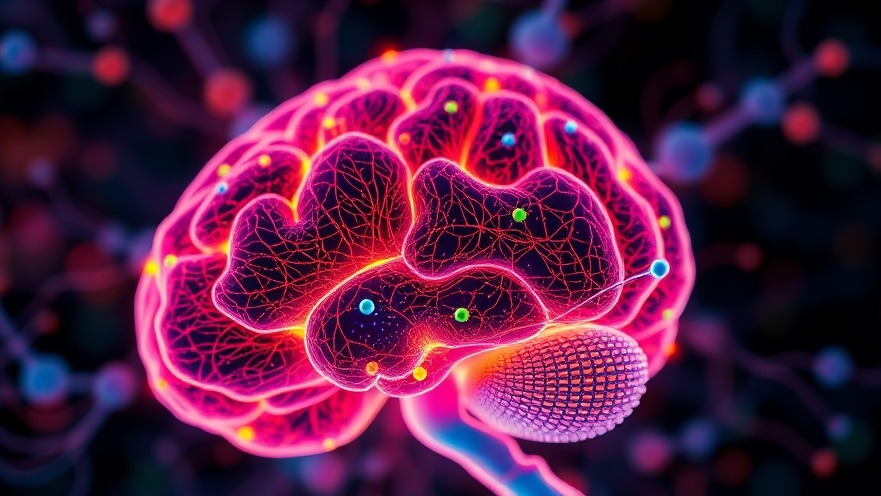
Revolutionizing Back Pain Treatments with Bioprinted Disks
The advent of functional bioprinted spinal disks by scientists at the University of Manchester marks a groundbreaking step toward not just understanding but also treating back pain, a condition that has afflicted millions globally. Their research, led by Dr. Matthew J. Kibble, illustrates the promising potential of bioprinting technology in medical science.
What is Bioprinting?
At its essence, bioprinting is a pioneering technique that utilizes living cells and biological materials to construct 3D structures mimicking the sophisticated architecture of human organs. This emerging technology holds key insights beneficial for health practitioners. Unlike conventional 3D printing, which uses plastic, bioprinting employs gel-like inks made from biocompatible materials such as collagen and gelatin, incorporating living cells into the structure, allowing for a functional, living tissue equivalent.
Understanding Disk Degeneration: Insights from Research
The recent study, published in the journal Acta Biomaterialia, reveals critical findings. Scientists discovered that both the stiffness of the tissues and oxygen levels greatly influence disk cell behavior and the synthesis of essential biological materials, such as collagen and hyaluronic acid. These insights pave the way for new treatment pathways for back pain, which plagues hundreds of millions of individuals.
The Mechanics Behind the Innovation
Bioprinting involves a meticulous process. Researchers create a digital model of the human spinal disk and utilize advanced 3D bioprinters to layer various cells and materials precisely. This phased approach allows the disks to replicate the varying biological, chemical, and mechanical attributes of real human tissue.
In their landmark study, the researchers used a mixture of collagen and alginate, a protein derived from seaweed, to create the bioprinted disks. Once fabricated, these structures were cultivated in controlled conditions to enable growth, maturity, and the exhibition of natural biological functions.
Future Predictions: The Path Ahead
As this technology evolves, it offers immense potential not only for back pain treatment but for regenerative medicine overall. Imagine a future where disk degeneration can be managed through bioengineered replacements that effectively integrate into human anatomy. The implications are significant and inspire hope in many aspiring health practitioners committed to improving patient outcomes.
Implications for Practitioners: Actionable Insights
For health practitioners, staying abreast of bioprinting advancements is essential as they present new avenues for patient care. Engaging with ongoing research and understanding the mechanics of bioprinted materials can enhance how practitioners approach back pain treatments, allowing for more personalized and effective interventions.
Addressing Challenges and Risk Factors
While the excitement around bioprinting is palpable, health practitioners must remain aware of the challenges involved in implementing this technology. Factors such as regulatory hurdles, cost implications, and the long path to clinical application require careful consideration. A balanced approach could pave the way for successful integration of bioprinted solutions into mainstream medicine.
Frequently Asked Questions About Bioprinting in Medicine
What conditions could benefit from bioprinted disks? Bioprinted disks can significantly impact treatment strategies for herniated disks, degenerative disk disease, and chronic back pain.
How long until bioprinted disks are available clinically? While significant progress has been made, clinical availability will depend on ongoing research, regulatory approvals, and real-world efficacy studies.
Can bioprinted disks be used for a variety of patients? The aim is to customize bioprinted disks to individual patient needs, enhancing recovery outcomes.
Conclusion: A Call to Action for Health Practitioners
As advancements in bioprinted spinal disks unfold, we invite health practitioners to engage with this pivotal research and consider how these innovations can drastically reshape treatment paradigms for back pain. Stay informed, collaborative, and adaptive to these emerging technologies that hold the promise to redefine patient care.
 Add Row
Add Row  Add
Add 




Write A Comment